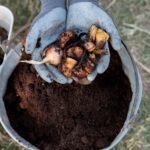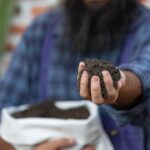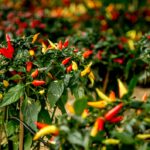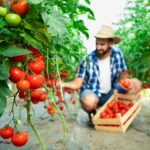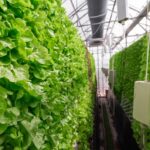Finnish Landrace sheep, renowned for their hardiness, adaptability, and superior meat quality, are gaining popularity among sheep breeders in South Africa. Originating from Finland, these sheep have proven to thrive in various climates and terrains, making them well-suited to the diverse agricultural landscapes of South Africa. For farmers and breeders interested in raising Finnish Landrace sheep, understanding key aspects of their breeding and farming is crucial. In this article, we’ll explore 10 essential insights into breeding and farming Finnish Landrace sheep in South Africa.
- Origin and History:
Finnish Landrace sheep, also known as Finnsheep, originated from Finland and have a long history of adaptation to harsh Nordic conditions. They were imported to South Africa in the mid-20th century and have since become valued for their resilience, productivity, and meat quality. - Characteristics:
Finnish Landrace sheep are known for their dual-purpose characteristics, excelling in both meat and wool production. They have a distinctive appearance, with a white fleece and a compact, muscular build. Finnish Landrace sheep are prized for their high fertility, multiple births, and rapid growth rates. - Adaptability:
One of the key strengths of Finnish Landrace sheep is their adaptability to a wide range of environments and management systems. They can thrive in both extensive and intensive farming systems, making them suitable for various regions and production systems in South Africa. - Wool Quality:
Finnish Landrace sheep produce a high-quality wool known for its softness, luster, and resilience. The wool is prized by artisans and fiber enthusiasts for spinning, knitting, and weaving, making Finnish Landrace sheep a valuable asset for wool producers in South Africa. - Meat Production:
Finnish Landrace sheep are renowned for their exceptional meat quality, with lean, tender meat prized for its flavor and texture. The lambs mature quickly and efficiently convert feed into muscle, making them an attractive choice for meat producers seeking high-quality, marketable products. - Breeding Objectives:
When breeding Finnish Landrace sheep, farmers typically focus on improving traits such as fertility, prolificacy, growth rate, and carcass quality. Selective breeding programs aim to produce sheep with superior genetics for meat and wool production, ensuring profitability and sustainability in the sheep industry. - Health and Welfare:
Maintaining the health and welfare of Finnish Landrace sheep is essential for successful breeding and farming. Regular veterinary care, vaccination programs, and proper nutrition are crucial for preventing diseases and promoting optimal growth and performance. - Grazing Management:
Finnish Landrace sheep are well-suited to grazing systems and can thrive on a diet of grass and forage. Effective grazing management practices, such as rotational grazing and pasture rotation, help maximize forage utilization and optimize flock health and productivity. - Reproduction and Lambing:
Finnish Landrace sheep are known for their high fertility and prolificacy, with ewes typically producing multiple lambs per lambing. Proper reproductive management, including ram selection, breeding protocols, and lambing assistance, is crucial for maximizing breeding efficiency and lamb survival rates. - Marketing and Sales:
Marketing Finnish Landrace sheep and their products requires a strategic approach to target the right buyers and markets. Participating in breed shows, auctions, and marketing programs can help farmers showcase the quality of their Finnish Landrace genetics and attract potential buyers for both meat and wool products.
Breeding and farming Finnish Landrace sheep in South Africa offer numerous opportunities for aspiring farmers and breeders seeking a profitable and rewarding venture. By understanding the key insights outlined in this article, farmers can effectively manage their Finnish Landrace flocks, optimize production, and contribute to the growth and sustainability of the sheep industry in South Africa. With their exceptional traits, adaptability, and market appeal, Finnish Landrace sheep continue to be a valuable asset to the agricultural landscape of the country.
Join 'Farmers Mag' WhatsApp Channel
Get the latest Farming news and tips delivered straight to your WhatsApp
CLICK HERE TO JOIN

